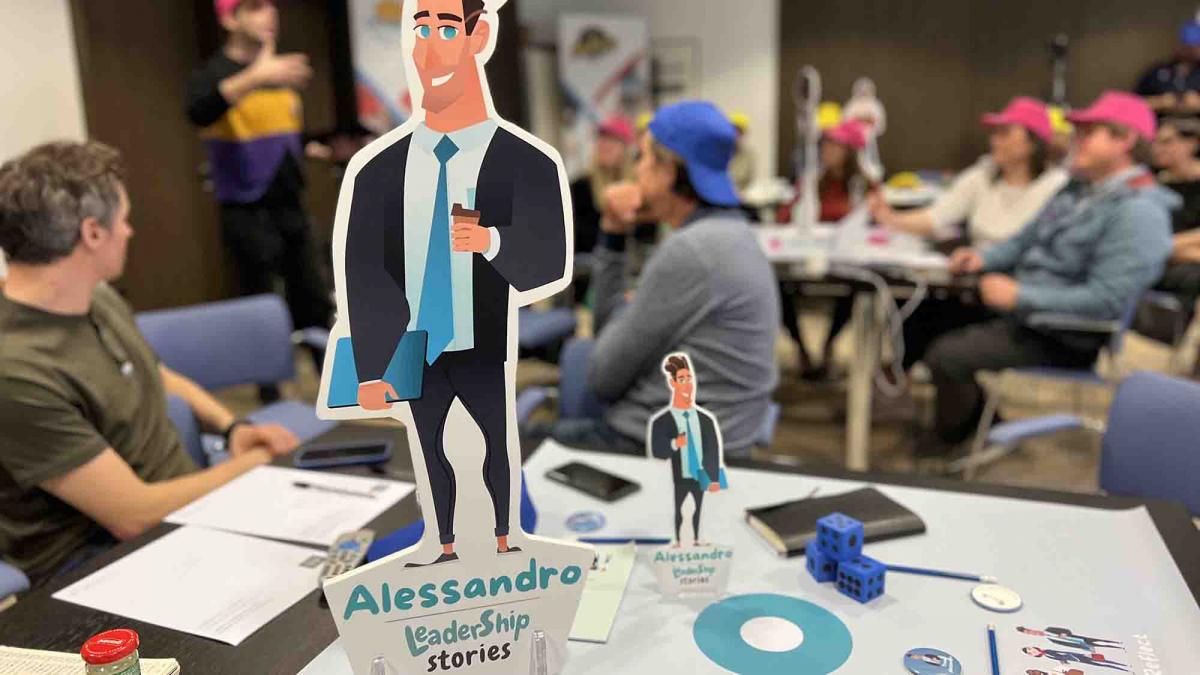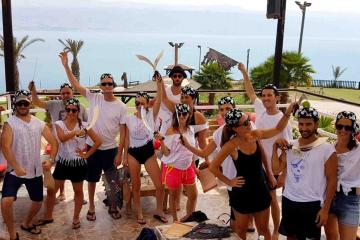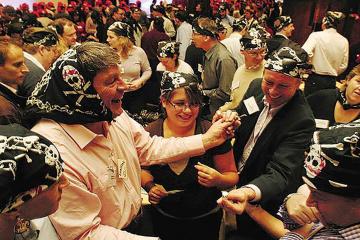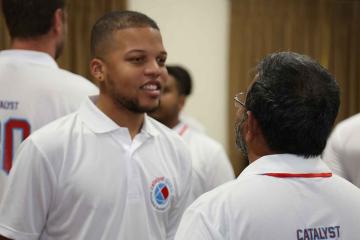About Leadership
Leadership is a broad concept, with a wide variety of definitions and perspectives. Anyone who influences the behavior of other people towards a certain goal is actively engaged in the act of Leadership. So, what is expected from a Leader is to create results through the people they lead. Leadership is by nature relational. Leadership happens at all levels within organizations and our society. It is more an action with purpose and not a kind of position. Great Leaders manage to bring out the best in their people by working effectively through emotions. The Leaders that we remember are the ones who have helped us live better lives and achieve our full potential.
The need for effective Leadership
All organizations and people need effective Leadership. We need it to be more productive, more competitive, and more responsive to changes that happen around us. We also needed Leadership to know where we are headed and why. After all, we all need to be inspired and engaged and serve a higher purpose that is linked with our values and the way we want to live in this world.
An effective Leader enables his or her people to succeed. Sets direction, builds a compelling vision, and adapts according to the current reality. It is about setting where we need to go and why and defining what we need to do to "win" as a team. Leadership is dynamic, exciting, and inspiring. To achieve their purposes, Leaders have a fundamental task, to create a reservoir of positive energy and good feelings that will release the best in the people they lead. So, effective Leadership has to do with Leadership style.
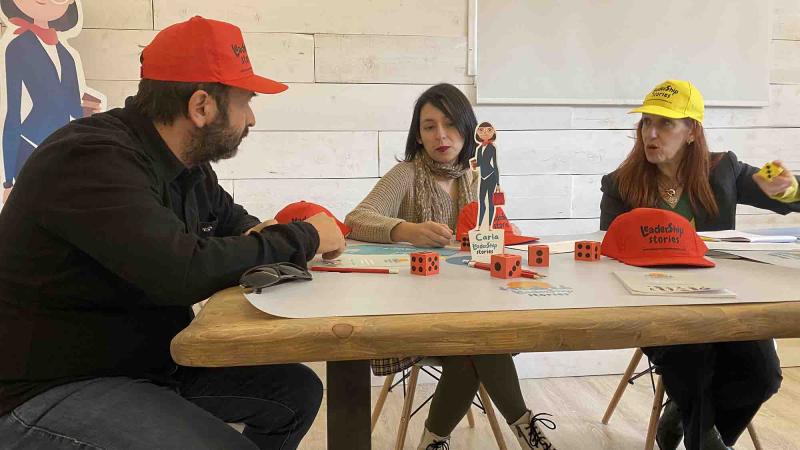
Leadership styles and approaches
As all individuals have a preferred way of acting in all aspects of their life, it is obvious that Leaders also have a preferred Leadership style, according to their personal inclination. However, the most effective Leaders do not rely only on their personal tendency. Instead, they have developed the ability to diagnose each situation they face and adapt their approach and their leading style accordingly to get the best results through their people. The approach that works best in a certain situation depends upon the given circumstances, the working environment and the needs of the organization and the people at a certain time.
There are various types of Leadership styles. The first major study of leadership styles was performed in 1939 by Kurt Lewin who led a group of researchers to identify different styles of leadership (Lewin, Lippit, White, 1939). Daniel Goleman, Richard Boyatzis, and Annie McKee described six distinct emotional leadership styles in their 2002 book, "Primal Leadership." These six leadership styles are the following: Visionary - Coaching – Affiliative – Democratic – Pacesetting – Commanding.
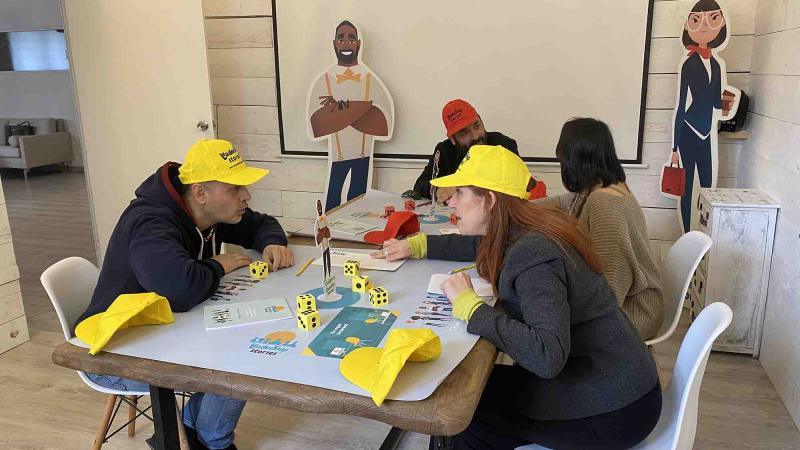
The need for Style flexibility
Style flexibility is crucial for effective Leadership. According to Daniel Goleman each of the styles has their positives and negatives and each one has a different effect on people’s emotions, motivation, and performance. All leadership styles should be used to different proportions depending on the situation. Leaders who have a wide range of emotional competencies can sense the impact of the style that is in their comfort zone and have the ability to enrich it with aspects from other styles in order to meet the demands of a given situation.
Utilizing Team Building and experiential learning to enhance Leadership Skills
Being for a lot of years in the corporate environment, in Learning & Development positions, I observed a lot of times the need of people for non-traditional approaches. Especially when we are talking about Leadership Development. We have all been part of extremely useful leadership trainings, but still people are looking for a more open and relaxed context to feel safe to discuss and share positive or negative experiences and future concerns. And I strongly believe that by changing the field and moving from a typical instructor-led classroom set up to a ground of serious ‘play’ is perfectly serving this kind of need.
I would say that Teambuilding and experiential learning also are a great way for Leaders to understand better their impact on their people. In such a context, Leaders can explore new ways of doing things while interacting, sharing thoughts, learning new approaches, playing, and having a good time in a meaningful way. And all these in a safe and a highly engaging environment.

About ‘Leadership Stories’ game
Leadership Stories' is a game about Leadership. It is an entertaining tool with the purpose of learning, where participants cultivate their knowledge and practice their leadership skills by overcoming several business challenges, that we call them Leadership Stories. They have to make this learning journey along with a Game Character assigned to them at the beginning of the game. Their aim is to make the best decision in every story and gain points. It is a highly thought-provoking game that applies to everyone in the business environment that has or wishes to acquire a Leadership position.
Get in touch to learn more about how Leadership Stories and other activities can assist your people in becoming better Leaders and drive more successful, inspired, and engaged teams.
